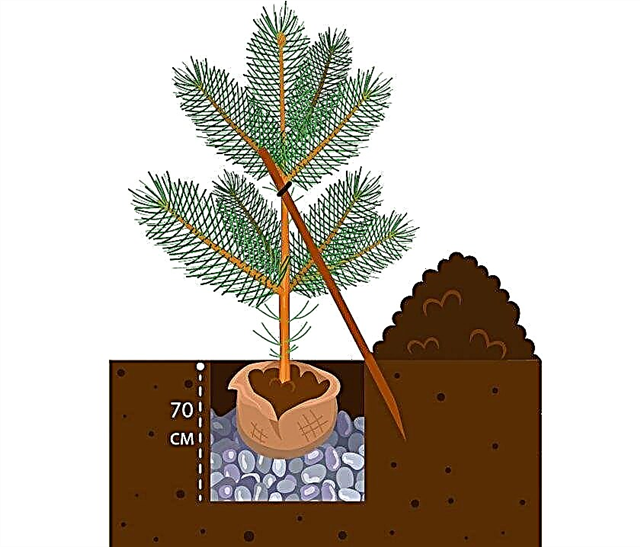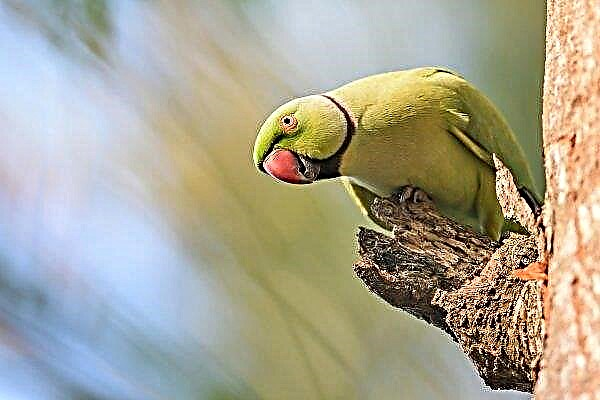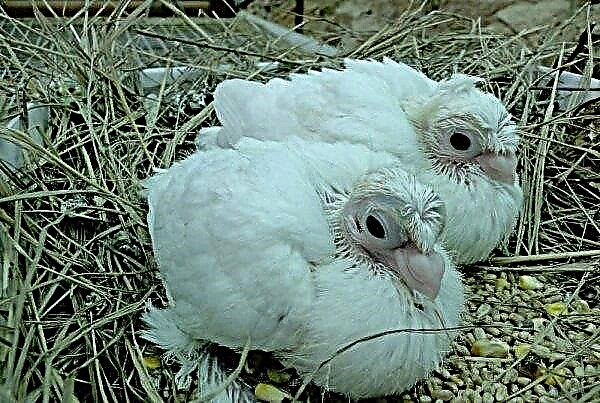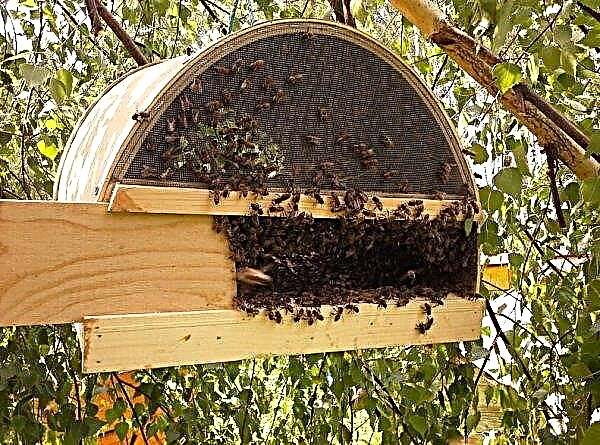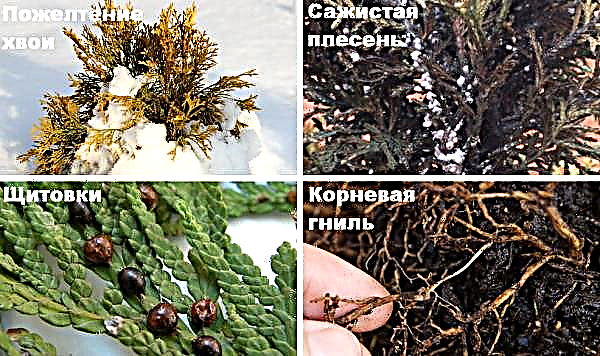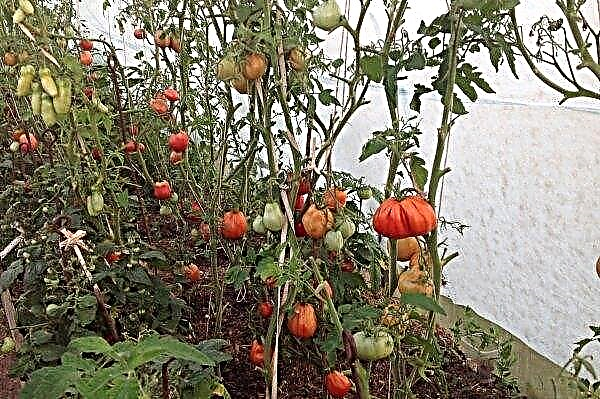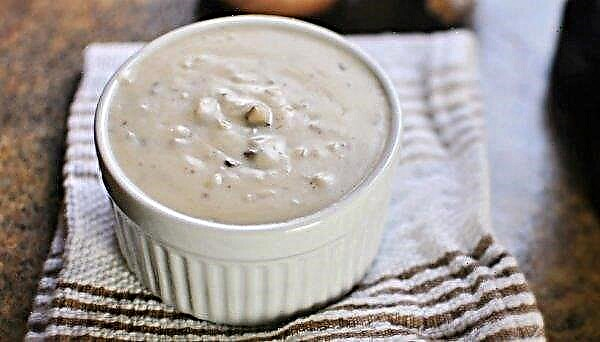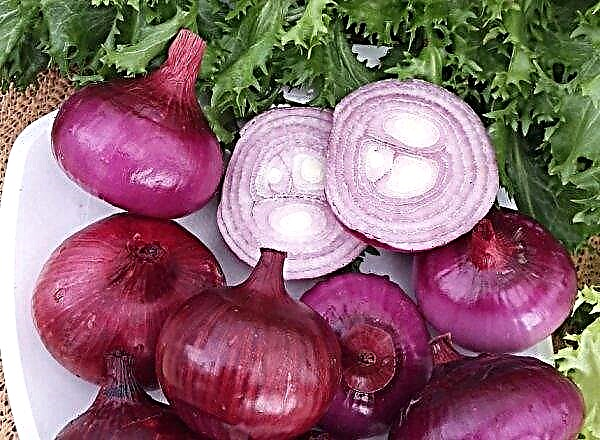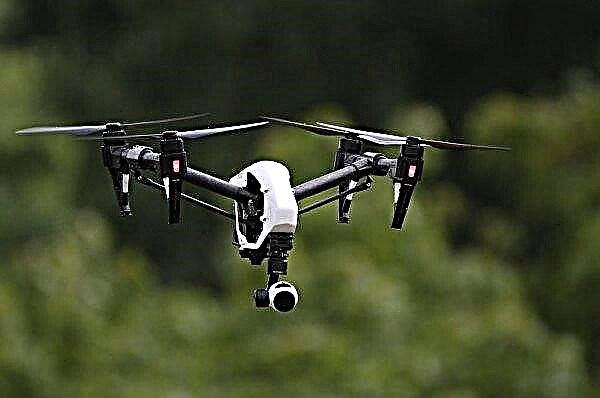French beekeeper Abbot Emil Varre, for many years experimenting with a dozen different modifications of the hives, I came to the conclusion that the best option for an artificial bee habitation is one that minimally intrudes into the natural habitat of these insects. As a result, the frameless hive Varre gained recognition in many apiaries around the world. Read more about this type of bee hives later in the article.
Features of beekeeping according to the method of Abbot Emil Varre
The forerunner of a similar design of the dwelling for bees was an ancient frameless Japanese hive. The abbot beekeeper improved it, made it more modern and brought a theoretical base for its use. He proved that a frameless hive directly affects the reduction in production costs, rationalizes apiary activity, and demonstrates its effectiveness in conditions of moderate honey-bearing vegetation surrounding the apiary.
He proved that a frameless hive directly affects the reduction in production costs, rationalizes apiary activity, and demonstrates its effectiveness in conditions of moderate honey-bearing vegetation surrounding the apiary.
- In addition, dwellings for bees of this design differ:
- low cost;
- simplicity of construction;
- ease of transportation;
- ease of maintenance;
- ease of living in bee colonies.
- The minor disadvantages of the described hives are usually include:
- low location of the tap hole, provoking a concentration in the lower part of the tick hive;
- A structural feature of these bee dwellings, which does not provide good ventilation, which causes increased humidity inside the hives.
Did you know? Today, 21 thousand species of bees alone are defined on the planet. Every day, all bees of the Earth pollinate more than 1 trillion flowers.
Beehive Varre: production of boards
This bee house is made mainly of wood, which is the most favorable natural material for the life of the bee. The abbot beekeeper even determined the optimal thickness of the boards from which to collect hives, which is 24 mm. However, to facilitate the design, now 20 mm thick boards are most often used.

Design Features and Dimensions
Each building that makes up a bee house, filled with honey, weighs no more than 15 kg. These cases in the form of sections are mounted vertically on top of each other most often in the amount of 4 pcs. Inside each section, special rulers are attached with wax strips glued to them, prompting the bees to rebuild the honeycombs.
As in nature, in the hollow of a tree, bees in sections do this from top to bottom. In one case section, 8 rulers are attached with the following parameters: width - 24 mm, length - 315 mm and thickness - 9 mm. The distance between adjacent rulers is 12 mm. Such exact dimensions are due to the initially specified dimensions of the hull sections, which are unchanged and are within 300 × 300 × 210 mm.
Did you know? A bee is not able to get lost: it, having flown as far as possible from home, always finds its way into its native hive. A flower containing nectar, this insect can recognize at a distance of 1 km.
For thermal insulation, the hive’s roof liner is equipped with a pillow made of fabric stuffed with sawdust or straw. The gabled roof is separated from the pillow by a board that prevents the penetration of mice. For the winter, beekeepers leave only 2 buildings with a 12-pound supply of honey. In spring, the remaining sections are added. The design of these bee houses provides for the extraction of honey by dripping or by centrifuge and adapted nets.
Video: Abbe Varre's hive
Design Drawings
Here are some important diagrams in the figures below.
General view of the hive Varre:

Case drawing:

Awning drawing:

Roof drawing:

Drawing of the bottom:

DIY assembly technology
As mentioned above, one of the most important advantages of Varre hives is the simplicity of their manufacture, which even a novice master can handle:
- Housing assembled in the form of a box, the boards at the joints of which are connected by nails, without any ingenious grooves and bevels. On the box are attached 8 rulers. Although Varre himself did not provide handles for carrying them on the sectional housings, now each section is necessarily equipped with handles whose dimensions are 300 × 20 × 20 mm. They are attached to the body with nails or glue.
- Awning also knocked out of the boards. As thermal insulation, a cushion filled with straw or sawdust is placed in it, or the lower part is covered with a cloth on which straw or sawdust is poured.
- Roof mounted on a lid with a thickness of at least 20 mm, covering the roof of the roof of the roof, which prevents mice from penetrating first into the straw or sawdust, and then into the hive itself. The roof is knocked off with nails from boards 20 mm thick, according to the drawing.
- Bottom should also be at least 20 mm thick. In order to avoid moisture concentration at the joints during rain, the width of the bottom is 5 mm less than the body width.
Video: Varre hive from wooden boards
Making hives from polystyrene and polystyrene
Experienced beekeepers do not recommend the use of artificial materials in the form of polystyrene and polystyrene, since they negatively affect the ecosystem inside the bee dwelling.
- These materials have the following disadvantages:
- poor air permeability, as a result of which overmoistening is observed in the hive, leading to moisture condensation on the walls;
- the ease of structures overturned by the wind, to avoid which such hives have to be artificially weighted;
- the cellular structure of the foam, which is easily destroyed by birds and rodents from the outside and the bees themselves from the inside;
- harmful styrene vapors released by these materials into the space of the hive and, therefore, into honey;
- the inability to collect propolis, since it is scraped off the foam with pieces of the foam itself.

However, in harsh climates, foam and polystyrene having good heat-insulating qualities are very useful materials that provide bees with a comfortable wintering during severe frosts.
- In addition, they differ:
- durability;
- comparative cheapness;
- ease of transportation;
- simplicity in the manufacture of structures from them;
- ability not to absorb water and not to damp.
The thermal insulation conditions of these materials directly depend on their thickness, which varies from 20 mm to 50 mm. Therefore, the harsher the climate, the thicker the materials should be.
Important! The thermal insulation properties of the foam can be judged by comparison, according to which its sheet with a thickness of only 30 mm provides the same thermal insulation as 300 mm of wood.
They collect hives from these materials according to the same drawings as for wood. Only instead of iron nails, liquid or waterproof glue “Titan” is used, an iron corner of 15 × 15 mm is used to strengthen the structure, and the roof is often covered with a metal profile.
The principles of settling bees in the device
Most often, beekeeping practices swarm population of hives. For constructions of Varre, a bee swarm weighing at least 2.5 kg is best suited. If the apiary already has framework hives, for example, Dadan, then you should wait for the swarm, catch a swarm and put it in the Varre construction. If there are no other hives, then a swarm can be purchased at a nearby apiary.
Video: instructions for settling a swarm in Varre hive
Large beekeeping farms offer bee packages and layering for sale, however it is impossible to purchase a swarm there, as they cannot swarm bees. And since swarms are preferable for the settlement of Varre hives, they should be sought in small apiaries.
Beekeeping Features
The principles of beekeeping developed by the French beekeeper envisage the maintenance of these insects in the most natural conditions, when human intervention in the life of bees is minimal.
Currently, beekeeping involves:
- imovka bees in 2 sections with a stock of honey of at least 12 kg;
- increase in spring the number of cases by installing from the bottom 2 more with rulers and wax strips;
- during honey collection, the upper bodies with mature honey are removed;
- honey is extracted from honeycombs placed in special nets by means of a centrifuge or by opening cells, waiting for it to drain naturally.
Cell brackets
When forming honeycombs, bees firmly attach them from above to the walls. To get the honeycombs from the bee house during the honey collection, it is necessary to cut them off, which, due to their fragility, is fraught with the breakdown of honeycombs and the loss of some honey.
The Frenchman J. Denis, who developed a system of cellular holders (brackets), solved this problem. They are protrusions at the edges of each ruler 90 mm long. And it is to them, and not to the walls, that their bees attach their honeycombs, which greatly facilitates the removal and removal of honeycombs from the hive. Sometimes these brackets are called half-frames.

Humidity control
The already mentioned inadequate ventilation in Varre hives provokes high humidity, which, in turn, contributes to the spread of ticks, other pests, as well as fungal diseases. This is especially true in regions with a humid climate and cold winters.
To prevent high humidity in a bee house, you should:
- to clean the arrival board in winter so that the snow does not fall asleep and does not impair ventilation;
- in regions with cold winters, it is useful to make hive walls 60 mm thick to even out temperature differences;
- in all wintering hull sections, it is useful to drill a hole with a diameter of 15 mm on each of the 4 walls, completely closing the notch, as a result of which the bees quickly orient themselves in the wind rose and fill in the excess holes with propolis, leaving them necessary for ventilation;
- for the construction of the hive, use only hardwood, which warms and dries faster than conifers.
Important! The optimum humidity for the center of the bee nest is 75%, and for the letke - 63%. In dry weather, bees increase humidity in their home by placing freshly brought liquid nectar, and fight against increased humidity with the help of targeted movements of the wings of special bees, which creates additional ventilation.
The bee hives of Abbé Varre, as close as possible to the natural habitat of bees, are notable for their low cost and ease of manufacture, low cost of the product and ease of maintenance. These frameless hives are widely used in apiaries, striving to produce the most environmentally friendly honey.


